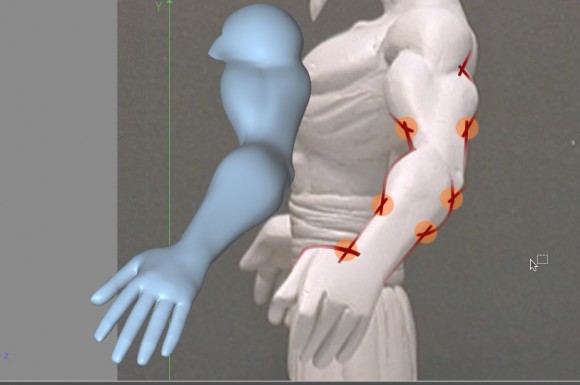Freelancers can’t read your mind.
Most of the time, that’s a good thing. But when you’ve got revisions to make, you might find yourself wishing that they could. Art direction, after all, deals in abstractions. But a freelancer needs specific instructions to carry out, no matter how clearly you can visualize the final product in your head. It’s tempting to rely on written instructions, since they’re the easiest way to explain your vision. But they can often lead to frustrating gaps in communication. You end up going in circles that are more about word choice than art direction:
CLIENT: I said I wanted the car to be sleeker, but it looks like you just made it rounder.
FREELANCER: Right, I figured that would make it more aerodynamic. You did say “streamlined” when we talked over the phone.
CLIENT: Yeah, but I meant streamlined as in, more like a rocket.
FREELANCER: I can make the car narrower, if you like.
CLIENT: No, it should stay the same width, I just want it more rocket-shaped.
FREELANCER: So you want the car to be pointier?
CLIENT: No, just sleeker!
(Repeat until client runs out of money.)
If you find this happening a lot, consider taking a step back and making some diagrams. Yes, they’re time-consuming to make, and you may feel like you shouldn’t have to spell things out for professionals who take art direction for a living. But you’ll find that diagrams will actually save you time in the long run. Your revisions will get turned around faster and more accurately. It’s no mystery, really—your freelancers work visually. A diagram provides them with instructions in their native language.
Take the Scorpion Rider, for example. Our art director had previously sculpted a maquette illustrating the changes he wanted to see made to the existing 3D model. You’d think no further reference materials would be necessary, but that’s where we get back to mind-reading. A sculpture is still just a tool. We still needed to explain what it meant.
The modeling went well overall, but arms and hands are notoriously difficult to sculpt in any medium. We were getting close to what we wanted, but we weren’t all the way there yet. To spare ourselves a lot of back-and-forth over the intended meanings of “cadaverous,” “sinewy,” “boxy” or “muscle definition,” the art director made the pair of diagrams below.


These diagrams are much more than just detailed views of the maquette. The maquette shows the modeler what to do. The diagrams show how. It’s a critical distinction, and for a freelancer, probably the next best thing to telepathy.
